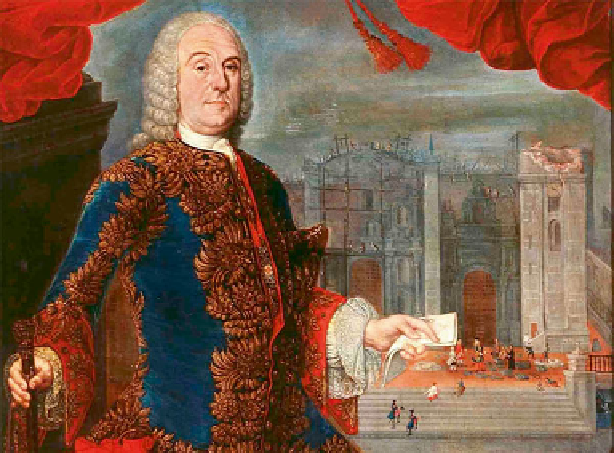Environmental Engineering Reference
In-Depth Information
claimed the lives of 90 % of the population. Only 221 people survived, some by
clinging to walls or timber and some thrown as far as nearby islands and other
shores; one couple was found alive 3 days after the tsunami on a beach south of
Callao (Arrus
1904
). Rescue efforts here were even more diffi cult than in Lima due
to the fl ooding and the debris. Reaching people who survived by clinging to fl oating
trunks was often impossible. The coast of Callao was full of dead bodies, and
authorities lamented that they did not have the capacity to attend to all of the vic-
tims. It was said that many bodies ultimately became food for birds. It was not until
August 1, 1747, that the construction of the new city wall for Callao began, and even
the fi rst stage of this new construction was not fi nished until 1761.
7.4
Reconstruction After the 1746 Earthquake
The Viceroy Manso de Velasco (Fig.
7.4
) had acquired experience dealing with
earthquakes and managing reconstruction while he had been in Chile during the
1737 Valdivia earthquake (magnitude Ms7.7). In the fi rst month after the tragedy of
October 28, 1746, he spearheaded several tasks (Odriozola
1863
):
Rescuing survivors from the debris. Many survivors who had drifted by sea to the
nearby islands of San Lorenzo or Callao were retrieved and brought back to the
mainland. People trapped under the debris were rescued one by one, though
many of them perished nevertheless.
Fig. 7.4
After overseeing years of reconstruction, the Viceroy Jose Antonio Manso de Velasco was
awarded the title of First Count of Superunda (Superunda means “over the waves”) for his efforts
in the reconstruction of Lima and Callao after the earthquake and tsunami of 1746 (Source:
http://

Search WWH ::

Custom Search